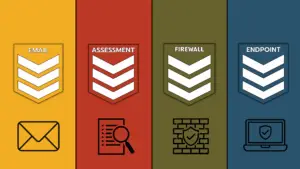 File this one away under “it should go without saying, but…”
File this one away under “it should go without saying, but…”
One of the most amazing and disheartening aspects of internet use is that after all this time, a shocking number of people are still getting taken in by the lure of installing a “crack” for popular software.
It should go without saying that installing a cracked version of any software carries certain inherent risks. After all, there’s no expectation that the person or group who cracked the software in question has your best interests in mind.
And yet, even though all of that is painfully obvious, people keep falling for the ruse.
They see some cracked version of software they use, figure it’s a free way to get a full-featured version, and too often, install it without thinking twice.
Most of the time, the result is annoying, but harmless. You get a few random popups, and your browsing experience is a little more cluttered than usual.
Sometimes, though, you get a lot more than you bargained for. It’s not unheard of for hackers to install keyloggers, ransomware or malware that can give them complete control over your system.
That’s bad enough if you do it at home. It’s even worse if you do it while using a device you use to access work materials, because in doing so, you not only provide the hackers with access to all your personal information, but you expose your company to unnecessary risks as well.
Fortunately, this is a fixable problem, and as we start 2017, it bears repeating that any time you are presented with an opportunity to install a cracked version of anything from your favorite antivirus software, just say no. You’ll save yourself an enormous number of headaches, and that’s priceless.




